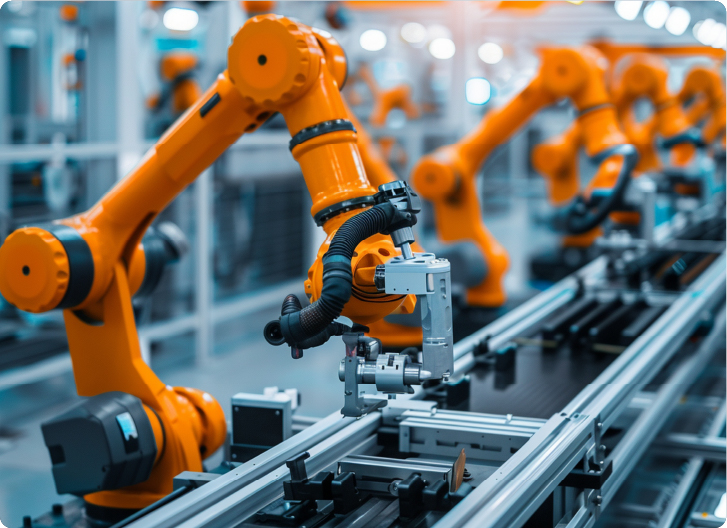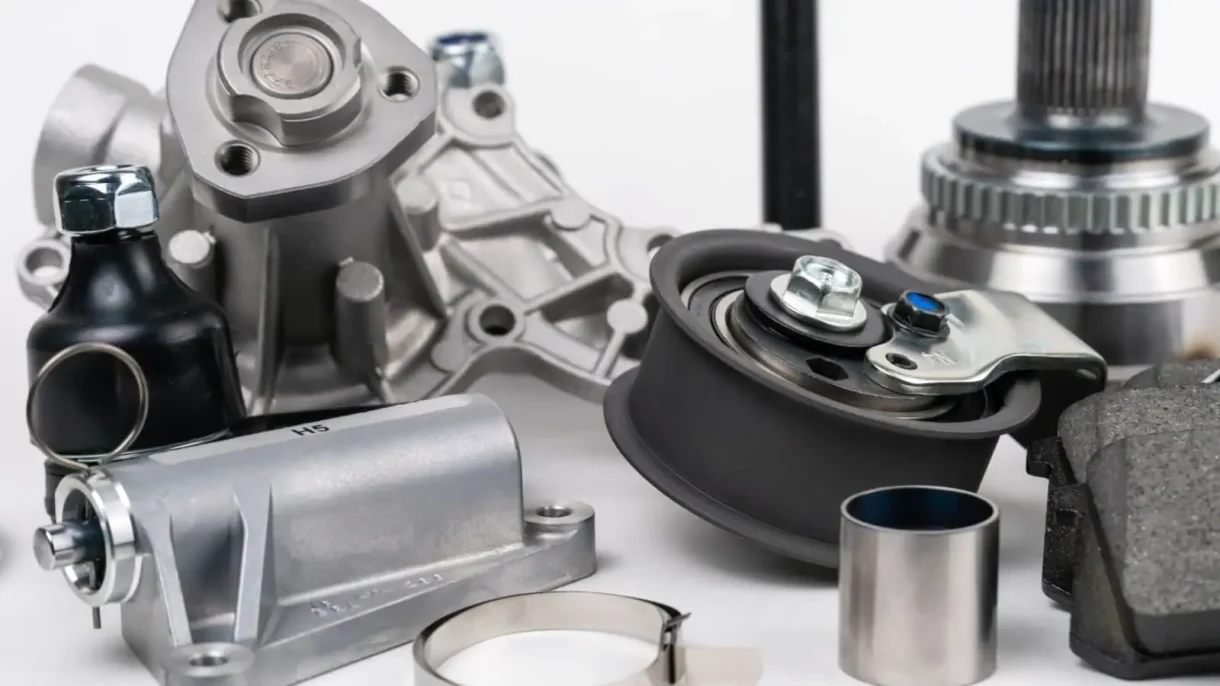
Powder coating is a high-performance finishing method widely used in modern manufacturing and storage applications. It creates exceptionally durable, uniform coatings that resist mechanical stress, corrosion, and environmental exposure by electrostatically applying dry powder to metal parts and curing it through heat.
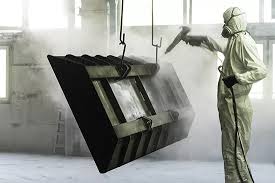
This method is crucial for prolonging the life of machinery, storage facilities, including manufactured parts. By eliminating dangerous substances, powder coating ensures durability, lowers expenses for upkeep, & promotes sustainability regardless of whether it is used on steel frames in industrial facilities and racking structures in warehouses.
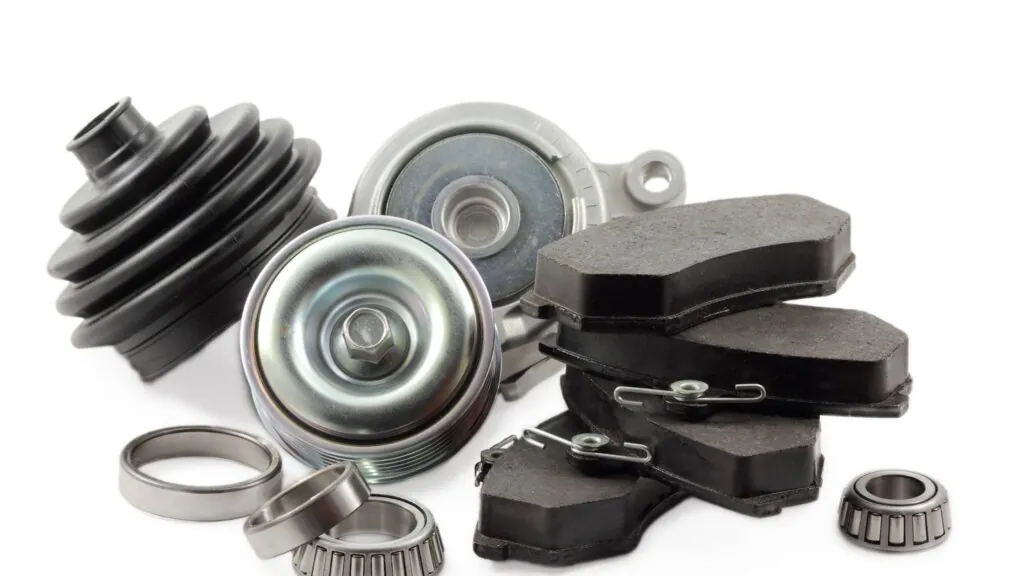
A precisely ground thermoplastic or a thermoset powder is electronically charged & blasted onto a grounded metal surface as a component of the dry finishing procedure known as powder coating. After use, the part is subjected to an elevated temperatures curing process, that melts the powder & creates a continuous, hard coating via chemically crosslinking. As compared to traditional liquid paints, this finish offers better chemical & mechanical resistance.
Depending on their chemistry and operational attributes, powder coatings can be generally classified as follows:
In the curing process, thermoset powders experience permanent chemical crosslinking. Typical kinds include of:
When heated up, thermoplastic powders melt then flow, while cooled, they solidify with any requirement for chemical crosslinking. although they are not as frequently used as in industrial storage, cylinders are appropriate for some applications that demand for severe resistance.
Powder coating is suitable for metal solutions for storage, sturdy machinery, control panels, with produced components exposed to harsh conditions because of its uniform film build, edge coverage, and excellent corrosion resistance.
The numerous stages of powder coating ensures precise coating performance, safeguarding the environment, & surface durability. Especially in demanded industrial & storage applications, each step—from substrate preparations to post-curing inspection is important to guarantee the ultimate quality & integrity of the coating.
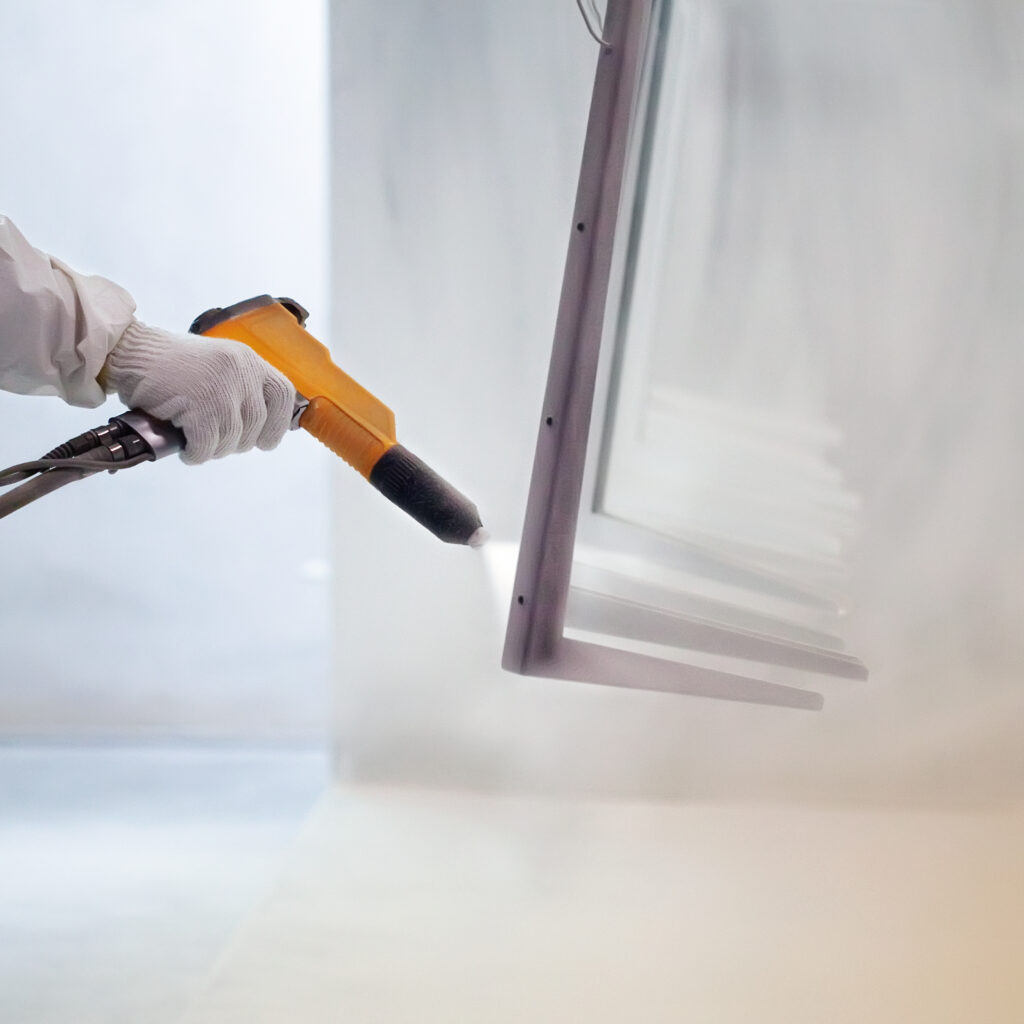
The lifetime & adherence of coatings are contingent upon their outer layer being properly cleaned. All impurities which could impair powder adhesion, such oils, oxides, rust, & welding residues, have to be eliminated.
Phosphating ensures superior performance against acidic conditions & prolonged exposure to moisture in the development of storage infrastructure, like modular containers or coated with powder shelving systems.
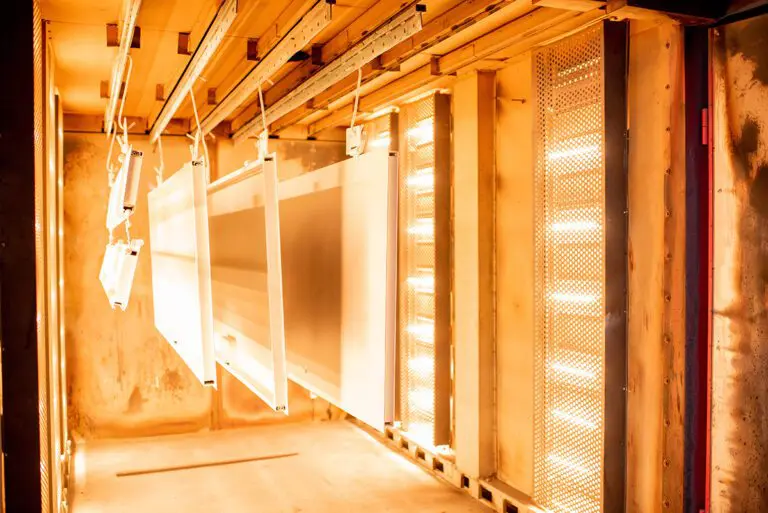
A turbo or infrared furnace is used for thermally cure the powder coating. In this step, the powder melts, flows, then forms a hard, lasting film through a chemical reaction (thermoset only).
In factories, improper curing could result in soft films, poor adhesion, or reduced chemical resistance.
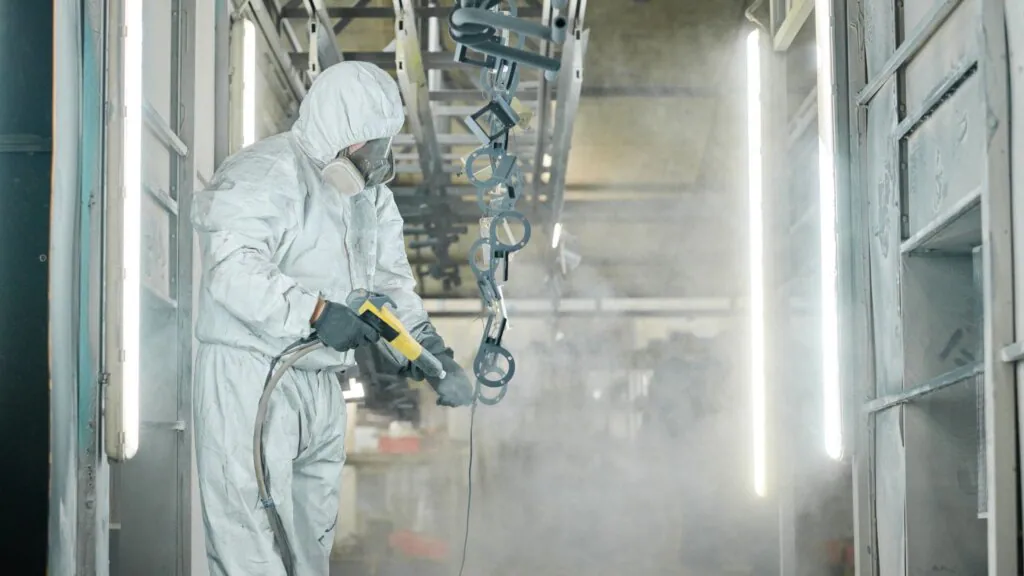
Inspection after curing ensures compliance with industry norms like ASTM D3359 or ISO 2360.
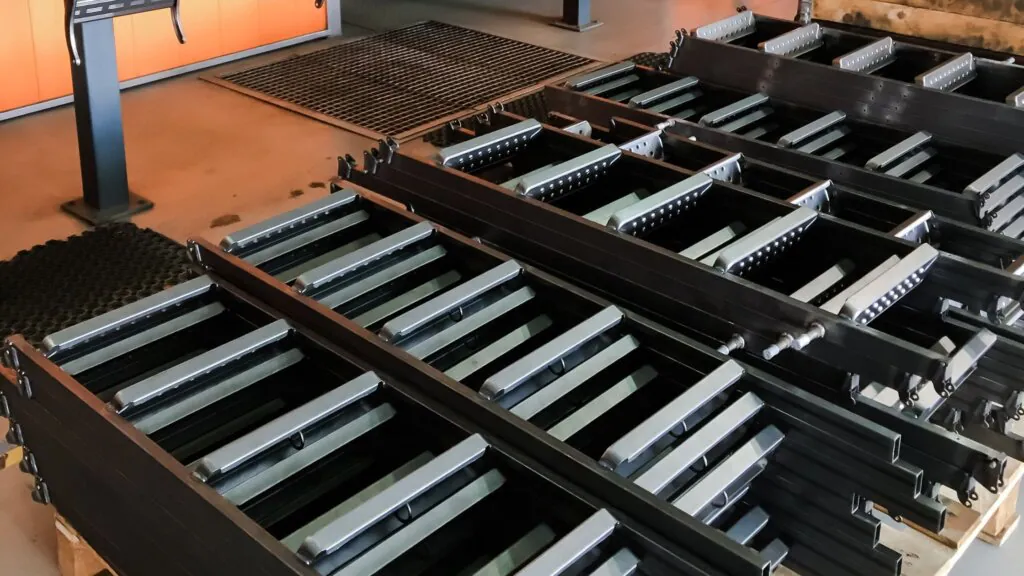
For equipment, fixtures, & parts that are subjected to mechanical abrasion, corrosion, & chemical exposure, powder coating provides unmatched performance in all areas of industrial manufacture & storage. Given its adaptability, makers may meet safety, aesthetic, & compliance demands while extending the lives of vital parts.
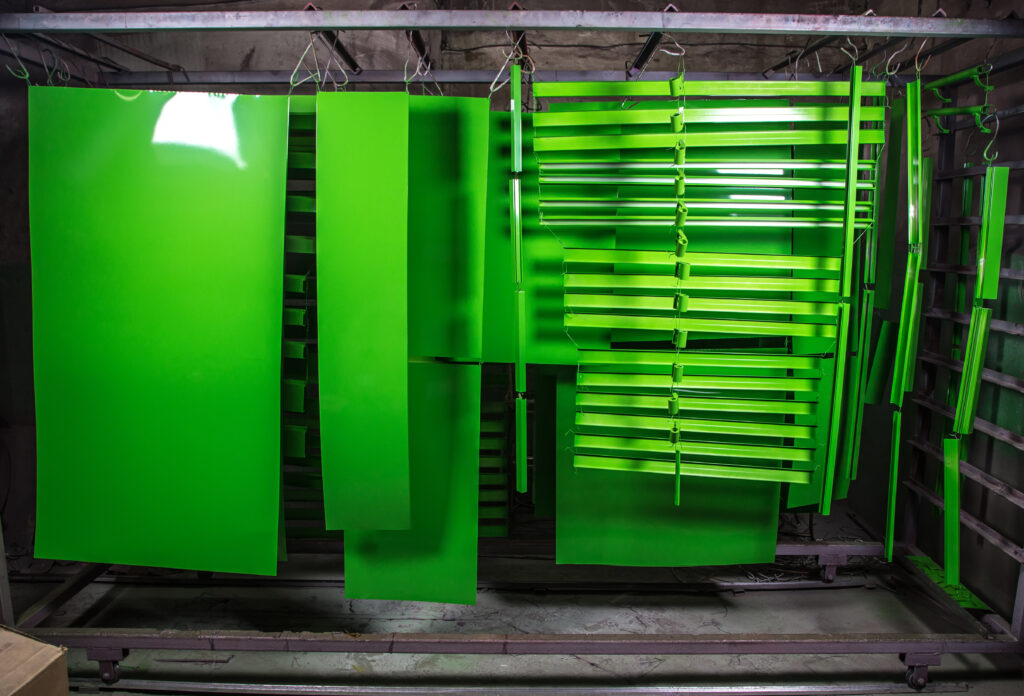
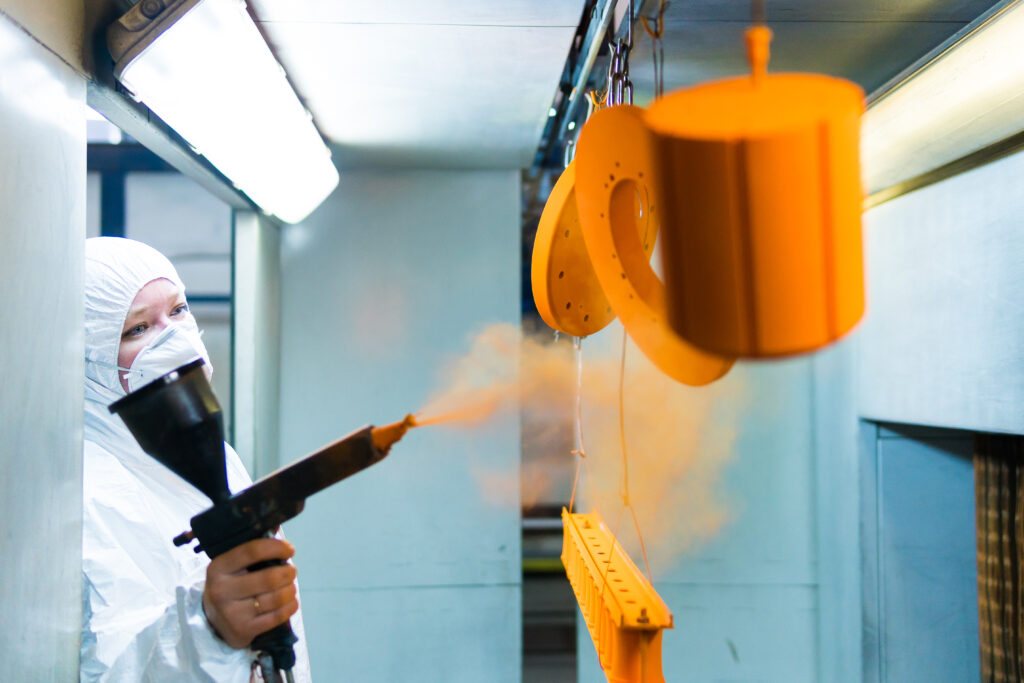
Performance along with security requirements for many powder-coated goods include:
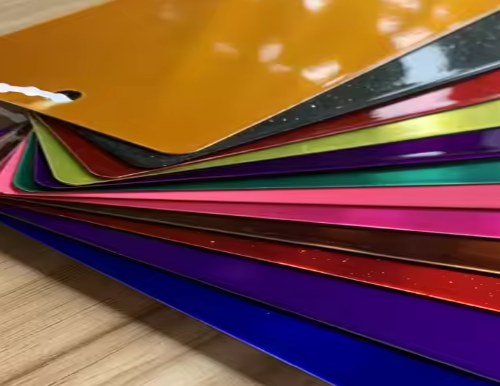
Powder coating's outstanding mechanical, chemical, & environmental properties have contributed to its widespread application in industrial manufacturing & storage applications. It has however some operational restrictions that must be taken into account while designing or fabricating components, similar to any other surface finishing technology.
Sturdiness of the Mechanism: Powder coatings are ideal for parts that have undergone physical wear because of their excellent resistance to abrasion, chipping, & impact. Even on intricate geometries, uniformity and thickness (usually 60–120 microns) provide superior edge coverage along with dependable protection.
Resistance to Corrosion: Chemical Powder-coated surfaces are immune to corrosion in adverse circumstances such as high humidity, salt spray, & chemical exposure. Polyester powders maintain their structural integrity while exposed to UV light, whereas epoxy powders offer robust chemical resistance, which makes them appropriate for indoor as well as outdoor storage structures.
Sustainable practices: Powder coatings don't release any volatile organic compounds (VOCs), consequently they do not need expensive air treatment or solvent recovery systems like solvents-based liquid coatings do. Waste may also be reduced by recycling or recovering powder that has been over sprayed.
Effectiveness of Application: One-coat solutions often shorten production cycle times while providing the appropriate finish & protection.
A uniform film build (±5–10 microns) minimizes the possibility of liquid paint runs, sags, or inconsistent application. In high-volume production that has low rejection rates, machines are scalable.
Economicalness: Powder coating systems preserve over time operating costs while requiring a larger initial capital investment because of:
Substrate Compatibility: The majority of substrates that coating with powder works well on are those that conduct electricity, like steel, aluminum, especially galvanized metals. Non-conductive materials, like composites, rubber, or plastic, typically require specific surface treatment or are unable to be applied with powder.
Restrictions on Curing: The utilization of powder coatings is restricted by a requirement for thermal curing, which is normally done at 180–200°C.
Complex Color Matching:
Powder coatings are already mixed and do not mix like liquid paints. This limits the flexibility & raises the cost of color alteration or small-batch tinting.
Systems for industrial powder coating need:
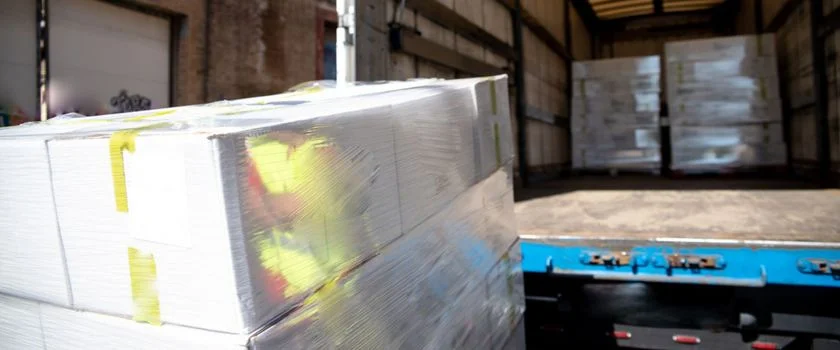
A vital component of powder coating procedures is material management. Appropriate powder formulation, handling, & storage conditions are critical to coating performance & consistency, especially for large-scale industrial operations.
Powder coatings are prone to heat & hygroscopic. Clumps, decreased flowability, or irregular charging patterns during application could occur from improper storage.
Dust safety: As per NFPA rules, airborne dust concentrations in confined areas might present a combustion danger, even though the vast majority of powder coatings were non-flammable in solid form (Class II, Division 1).
Powder recovery systems: To guarantee material efficiency & adherence to waste management requirements, many industrial facilities collect over sprayed powder for reuse utilizing cyclone separators & cartridge filters.
Common materials for industrial storage goods include steel, aluminum, galvanized steel, and various other conductive alloys.
To ensure complete adherence, the chosen powder needs to work with the substrate's outermost energy & pre-treatment chemistry.
Powder materials need to adhere to legal requirements and industry standards:
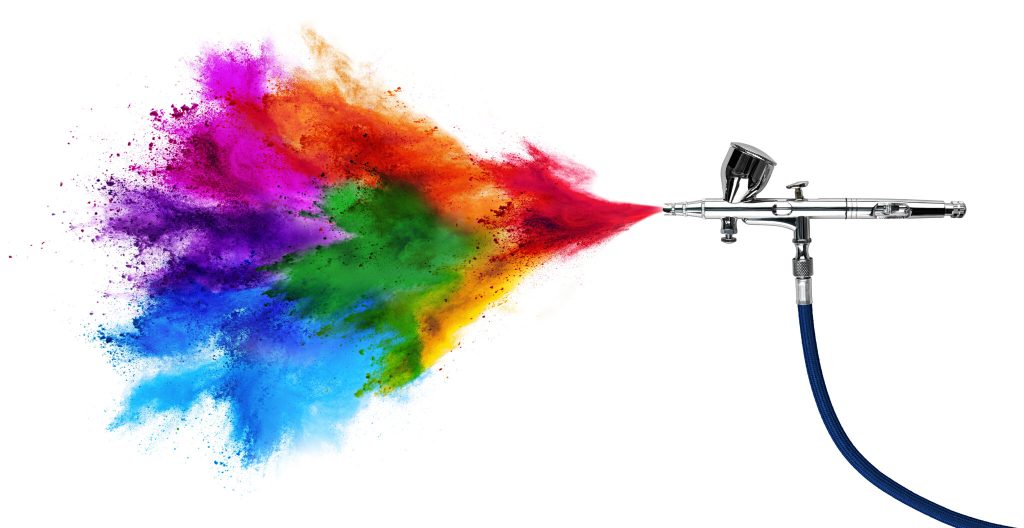
The powder coating company's operations are undergoing considerable innovation to increase performance, energy economy, or adaptability in accordance with changing industrial demands. As coating performance is closely linked to operational safety, cost effectiveness, & product lifetime, these developments are particularly significant for the manufacturing & storage industries.
In an effort to increase compatibility with sensitive to heat substrates like thin-gauge steel, aluminum composites, or pre-assembled parts, new powder chemistries have been developed that can cure at temperatures as low as 130 to 150°C. Such powders enable firms to incorporate powder coating into mixed-material manufacturing facilities whilst lowering energy usage.
UV-curable powders, compared to traditional thermoset coatings, melt at low temperatures & cure immediately when under UV light. It is ideal for electronics enclosures, automobile interior components, & modular storage panels as it allows coating on sensitive to temperature components & offers faster line speeds.
Nanoparticles are employed in next-generation powdered coatings to enhance adhesion, surface hardness, chemical resistance, & self-cleaning capabilities. In settings needing anti-graffiti, antibacterial, or hydrophobic performance, nano-reinforced polyester & epoxy systems are becoming utilized a lot more; they are perfect for high-traffic storage or industrial food-safe equipment.
Researchers are looking at intelligent coatings that respond to their surroundings through altering their conductivity or color. They're particularly important to industrial Internet of Things frameworks and maintenance prediction systems in smart warehouses.
In high-through production settings, coating parameters can be optimized in real-time utilizing machine learning along with artificial intelligence algorithms to ensure consistent thickness, minimal mistakes, plus energy efficiency.
Powder coating offers superior durability, corrosion resistance, and cost-efficiency compared to traditional liquid paint, making it a preferred finishing method across industrial and storage applications. It delivers smooth, uniform coatings even on complex shapes—ideal for machinery, shelving, and high-performance components.
With advancements like low-temp curing, UV technology, and nano-formulations, powder coating continues to evolve to meet modern manufacturing demands for automation, sustainability, and regulatory compliance.
At ApexRapid, we provide high-quality powder coating services tailored to your CNC-machined parts, ensuring long-lasting protection and a professional finish.
